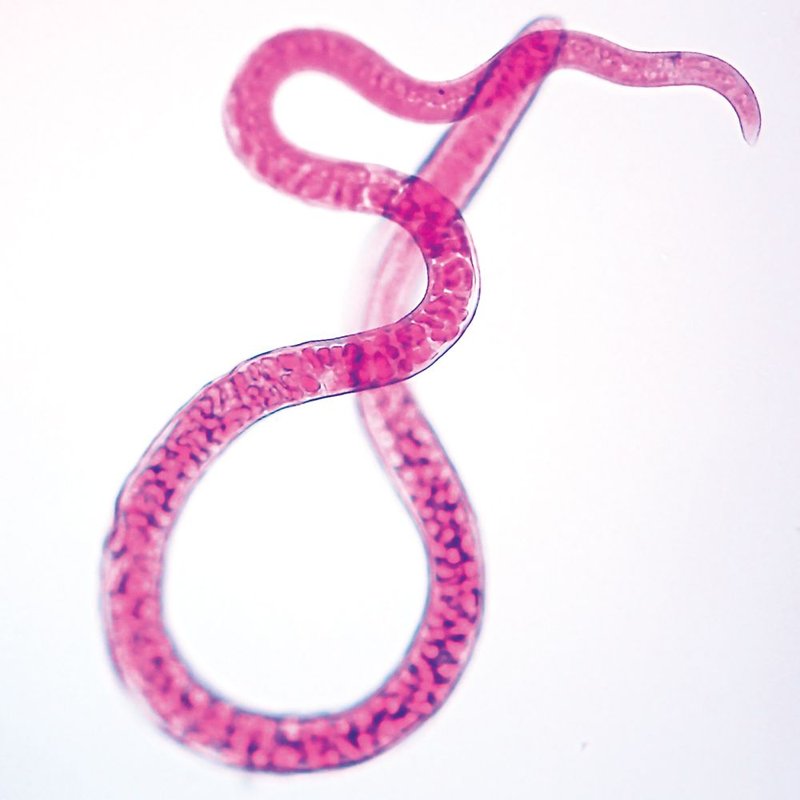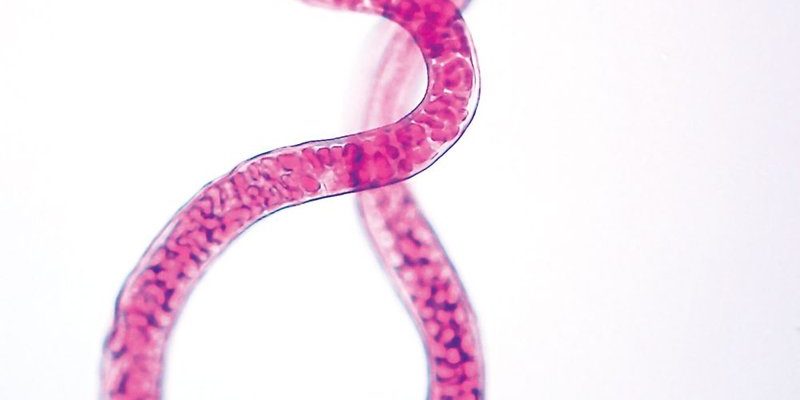
So, what exactly is *Trichinella spiralis*? This little nemesis is a parasitic roundworm responsible for the disease known as trichinosis, which occurs when people eat undercooked meat infected with its larvae. It’s not just a creepy-crawly story, though. Understanding this parasite can help students learn vital lessons about ecosystems, food safety, and the intricate relationship between humans and other organisms. Let’s dive deeper into how you can incorporate *T. spiralis* into engaging science demonstrations for students.
What is Trichinella Spiralis?
To start, it’s important to understand what *Trichinella spiralis* actually is. This parasite is a type of roundworm that can infect mammals, including humans. When a person consumes meat that contains the encysted larvae of the worm, it can lead to trichinosis. Picture it like this: when you eat infected meat, you’re essentially inviting a guest to live in your intestines. That guest isn’t just any visitor; it’s a tiny parasite that can wreak havoc on your health.
The lifecycle of *T. spiralis* is pretty fascinating, too. It begins when someone eats undercooked or raw meat containing the larvae. Once inside the intestines, the larvae grow into adult worms, and the females lay more larvae. These new larvae then travel through the bloodstream, eventually finding their way to muscle tissues, where they encyst and wait for their next potential host. Learning about this cycle can help students gain a clearer understanding of how parasites affect their hosts and the broader ecosystem.
Why Use Trichinella Spiralis in Classroom Demonstrations?
You might be wondering why you’d want to bring a parasite into the classroom. Here’s the thing: using *T. spiralis* in school demonstrations can create a dynamic learning experience. First, it opens up discussions about food safety—something that’s relevant to every student. Sharing real-world implications makes the topic more engaging.
Additionally, *T. spiralis* serves as a powerful tool for teaching about biological processes. You can explore how the parasite interacts with its host, what symptoms it causes, and how it can be prevented. This can branch into topics like human anatomy, disease prevention, and even the impact of ecosystems. By connecting these lessons to real-life contexts, students are more likely to remember and understand the material.
Setting Up Your Demonstration
Now that you’re convinced that *T. spiralis* is a worthy topic, how do you set up that demonstration? Start by deciding what you want to teach. Do you want to focus on the lifecycle of the parasite, its impact on human health, or perhaps the ecological aspects? Once you have a clear goal in mind, gather materials that allow for visual aids.
Visual aids can include diagrams of the *T. spiralis* lifecycle or even videos showing the effects of trichinosis in humans. If you’re feeling particularly adventurous, you might even want to bring in some samples of infected meat (safely prepared and handled, of course). This can create a powerful sensory experience.
Here’s a simple step-by-step setup to consider:
- Gather visual aids, like diagrams or videos.
- Prepare safe samples of meat for observation, ensuring all health guidelines are followed.
- Outline key points you want to cover during the demonstration.
- Encourage student participation by asking questions along the way.
Safety Considerations
Before diving into the world of *T. spiralis*, let’s chat about safety. It’s vital to stress that handling any potentially infected meat needs to be done with care. Make sure all samples are properly cooked and handled to avoid any health risks.
Also, consider discussing safety precautions with your students. Explain how trichinosis is entirely preventable with proper meat cooking practices. Here’s a quick list of rules to follow when dealing with anything related to *T. spiralis*:
- Always cook meat to the recommended temperatures to kill any larvae.
- Avoid cross-contaminating surfaces with raw meat.
- Ensure proper hand hygiene before and after handling materials.
By keeping safety front and center, you can create a worry-free environment for your students to explore this fascinating topic.
Engaging Students Through Interactive Learning
To make your demonstration even more engaging, consider incorporating interactive learning elements. For instance, you could set up a simulation where students act out the lifecycle of *T. spiralis*. This is a fun way for them to physically understand the different stages of the parasite.
Another idea? Set up a debate. Divide the class into groups: one side discusses the importance of studying parasites like *T. spiralis*, while the other side focuses on food safety without the need for such knowledge. This encourages critical thinking and helps students articulate their thoughts on the topic.
Lastly, consider a small quiz or game at the end of your demonstration. Questions could cover the lifecycle of the parasite or what can be done to prevent infections. This way, you reinforce what they learned, and students leave with valuable knowledge that sticks.
Alternative Demonstration Ideas
If *T. spiralis* doesn’t feel quite right for your class, there are plenty of alternatives. Other parasites, such as *Giardia* or even bacteria like *E. coli*, can also provide valuable lessons on health, ecology, and biology.
For example, you can explore the effects of *Giardia* on water safety, showcasing how parasites can spread through contaminated water sources. Or, you could discuss the importance of proper food handling techniques to prevent bacterial infections. These topics offer similar educational opportunities while keeping things fresh and engaging.
Ultimately, choosing a topic that resonates with your students is key. Think about current health concerns, environmental issues, or even local cases that might encourage discussion and inquiry.
Wrapping It Up
Using *Trichinella spiralis* in school science demonstrations can open doors to exciting discussions and vital learning moments. It’s not just about understanding a parasite; it’s about connecting real-world issues with classroom learning. You make biology relevant when you take a deep dive into topics like this.
By choosing engaging materials, encouraging interaction, and stressing safety, you set the stage for an impactful learning experience. Whether you stick with *T. spiralis* or explore other parasitic organisms, remember that the goal is to ignite curiosity and inspire students to learn more about the complex world around them. Science doesn’t just happen in textbooks; it’s alive and, at times, a little wriggly!

